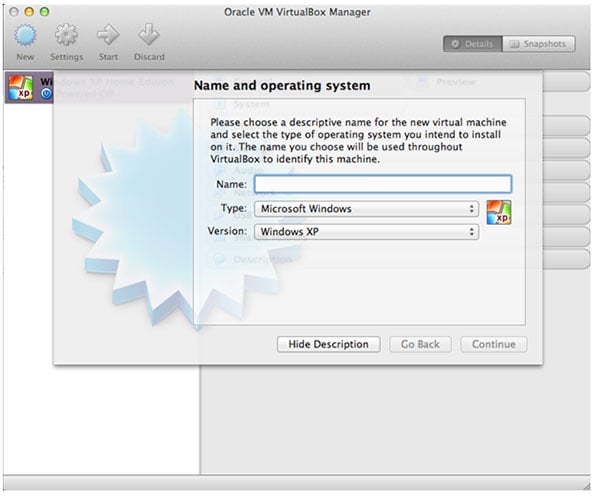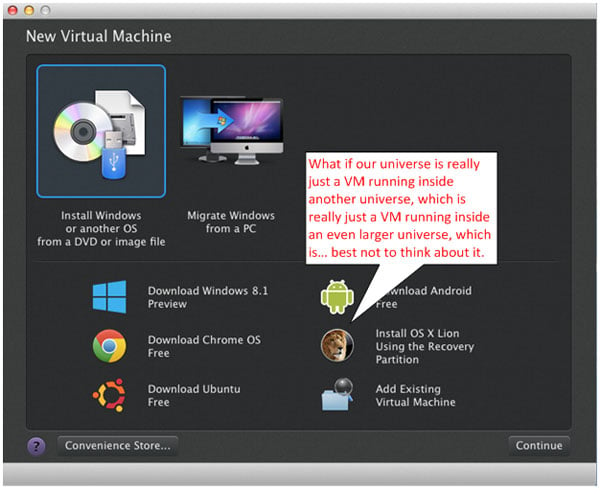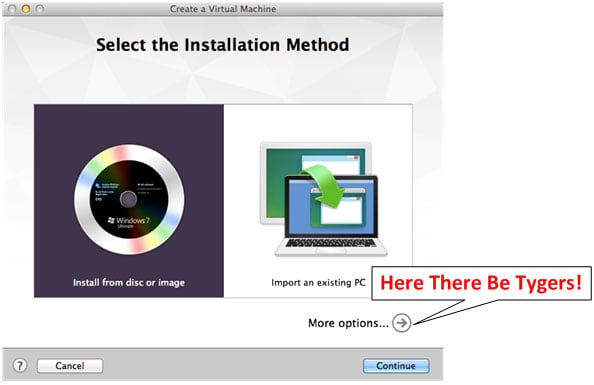By James Hanback
Very few Sierra On-line adventure games from the 1980s and early 1990s contained the kind of first-person shooter action that would later come to dominate the PC gaming landscape. Mostly, the Sierra adventure gamer had to rely on his or her wits, knowledge, and perhaps the printed manual to piece together the clues that would eventually lead to the game’s solution. Some games, like Police Quest, required some real-life knowledge of police procedure to even get past the parking lot of the fictional Lytton, Calif., police station. Others, like Conquests of Camelot, required some research into arcane flower symbolism (which was helpfully documented in the game’s printed manual, the Liber Ex Doctrina). Similarly, you might find that you need to rely a little more on your own knowledge of your computer hardware to complete this phase of our adventure as we restore our game from the previous three posts and continue our quest to use Boson software in a non-Windows environment.
.NET Quest, Part IV: Installing Boson Software in Oracle VirtualBox
Mar 19, 2014 9:04:00 AM / by Kelson Lawrence posted in .NET Quest
.NET Quest, Part III: Installing Boson Software in Parallels Desktop for Mac
Feb 18, 2014 4:19:00 PM / by Kelson Lawrence posted in .NET Quest, Mac
By James Hanback
As 1980s home computing graphics technology improved and paved the way for the early 1990s, so did the animated graphical adventure worlds created by Sierra On-Line grow more detailed and artistically rendered. By the time the first King’s Quest was unleashed upon the world, Color Graphics Adapter (CGA) technology had given way to Enhanced Graphics Adapter (EGA) technology. By the early 1990s, EGA gave way to Video Graphics Array (VGA) technology. More pixels and more colors meant a better level of detail for the gamer. VGA graphics were such an improvement over previous display technologies that Sierra actually rereleased some of its classic games with updated graphics and some modified play. Instead of typing commands to interact with the game, you could use a mouse to select icons or tools that you could apply to the character to make him or her perform actions in the game. However, some gamers—your humble co-adventurer among them—actually preferred the older command interpreter-style play of those first editions.
.NET Quest, Part II: Installing Boson Software in VMware Fusion
Feb 12, 2014 8:50:00 AM / by Kelson Lawrence posted in .NET Quest, Installing Boson in VMware Fusion
By James Hanback
It probably came as no surprise to the developers of mid-1980s computer role-playing adventure games like King’s Quest that some players might get impatient, frustrated, or just plain stuck while trying to decipher the varied solutions to the puzzles they encountered along the way. In fact, guides to completing such games, known as walk-throughs, became a clever way to make a little bit of additional revenue on the sale of a game. For many games, you could purchase a printed walk-through. Some of them even came with little red cellophane decoders that enabled you to reveal only specific clues to yourself as you followed along, thus allowing you to preserve some of the mystery of playing the game without a guide. Late in the decade, there were also some automated 1-900 hint lines you could call that, for a per-minute fee, would guide you through the particular part of the game that was frustrating you. These days, of course, you can get all the walk-through you need for free on the Internet. Back in 1984, the term Internet had only been around for a couple of years and the world’s first Web browser was still six years away.




